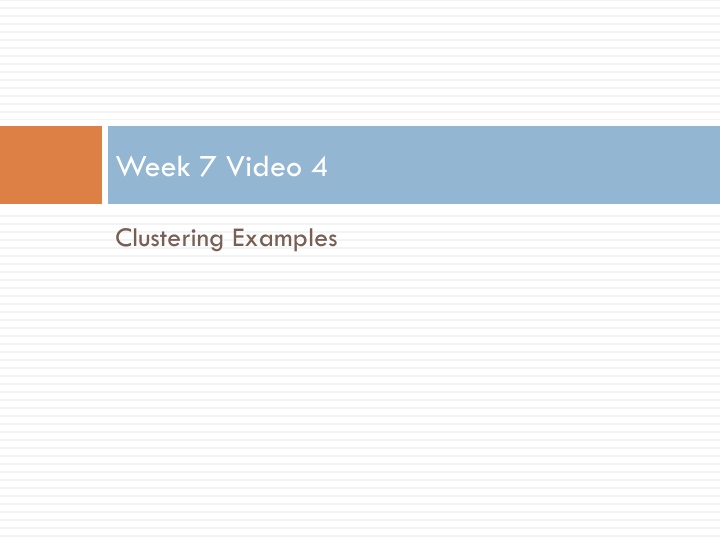
Student Clustering Examples in Educational Research
Explore real-life examples of student clustering in educational research, including the impact of behavioral patterns on learning outcomes and the identification of distinct student groups based on academic performance. Understand how clustering techniques help analyze student data and support educational strategies.
Download Presentation

Please find below an Image/Link to download the presentation.
The content on the website is provided AS IS for your information and personal use only. It may not be sold, licensed, or shared on other websites without obtaining consent from the author. If you encounter any issues during the download, it is possible that the publisher has removed the file from their server.
You are allowed to download the files provided on this website for personal or commercial use, subject to the condition that they are used lawfully. All files are the property of their respective owners.
The content on the website is provided AS IS for your information and personal use only. It may not be sold, licensed, or shared on other websites without obtaining consent from the author.
E N D
Presentation Transcript
Week 7 Video 4 Clustering Examples
Bowers (2010) Looked at student grades from kindergarten through high school Used HAC clustering to group students
Good grades = red Bad grades = blue
Took ACT cluster Dropout cluster
Bowers (2010) There is a distinct group of students who did well until third or fourth grade and then started doing much poorer These students were more likely to drop out of high school than students who did poorly from the start! Hypothesis: Switch from learning to read to reading to learn This switch was known, but perhaps not how big an impact it has
Amershi & Conati (2009) Split students by their behaviors in an exploratory learning environment where students explore AI algorithms by stepping through the algorithm and making alternate execution choices in real time Then looked at learning outcomes
Amershi & Conati (2009) Three groups Two low learning One high learning
Amershi & Conati (2009) Students with lower learning (both groups) tended to move through the environment faster, and did not pause to reflect after moves Failure to Self-Explain
Amershi & Conati (2009) The two groups of students with lower learning differed in other aspects Amount of pause after back-tracking Degree to which students adjusted graph But this (apparently) did not affect learning both groups had poor learning
Beal, Qu, & Lee (2006) Clustered students in terms of five behaviors in an intelligent tutor Solved problem correctly in over 10 seconds Produced incorrect answer in over 10 seconds; then solved correctly in over 10 seconds Answered in under 10 seconds Clicked on hints in under 10 seconds per hint Paused for over 10 seconds on hints
Resultant Clusters Lots of fast responses; also lots of viewing hints after making an incorrect response Read lots of help Answered problems accurately without using help 1. 2. 3.
General Point Were these results surprising? Not necessarily surprising that some students make lots of fast responses and ask for help after making an incorrect response A faster way to get a model of this phenomenon than conducting field observations and developing a prediction model But the resultant model is by nature somewhat less validated
General Point The greatest power of clustering (in my opinion) is to discover completely unknown patterns Clustering is most useful in areas where you don t know very much
Next lecture Factor Analysis
